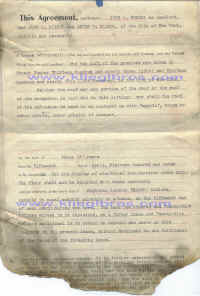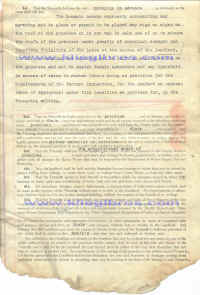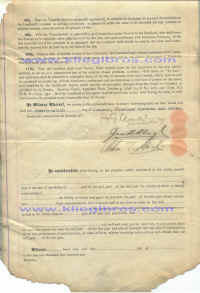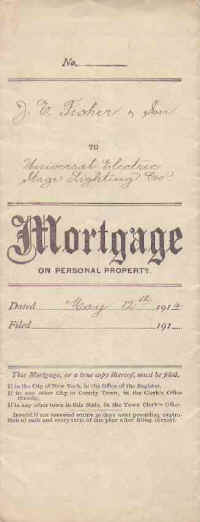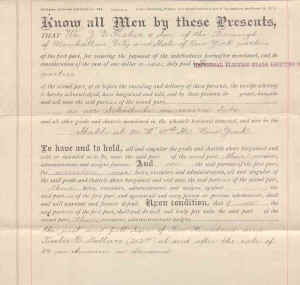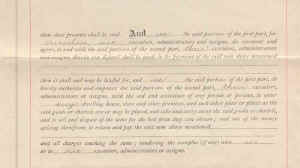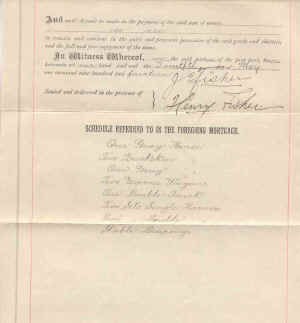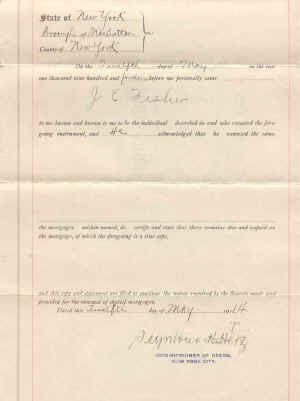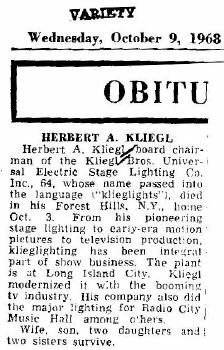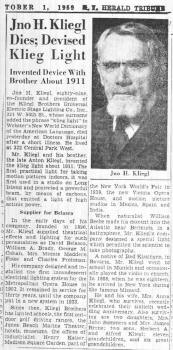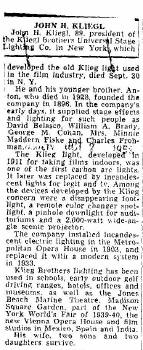originally called Kliegl lights after their inventors. They were the brothers John and Anton Kliegl, who emigrated from
their native Germany to America just as the infant film industry was picking up speed. In 1897, they established a family
firm, Kliegl Brothers, to produce and market lighting equipment. The final l was dropped, and the brothers' design of
Kleig lights became the preferred standard in stage as well as screen production.
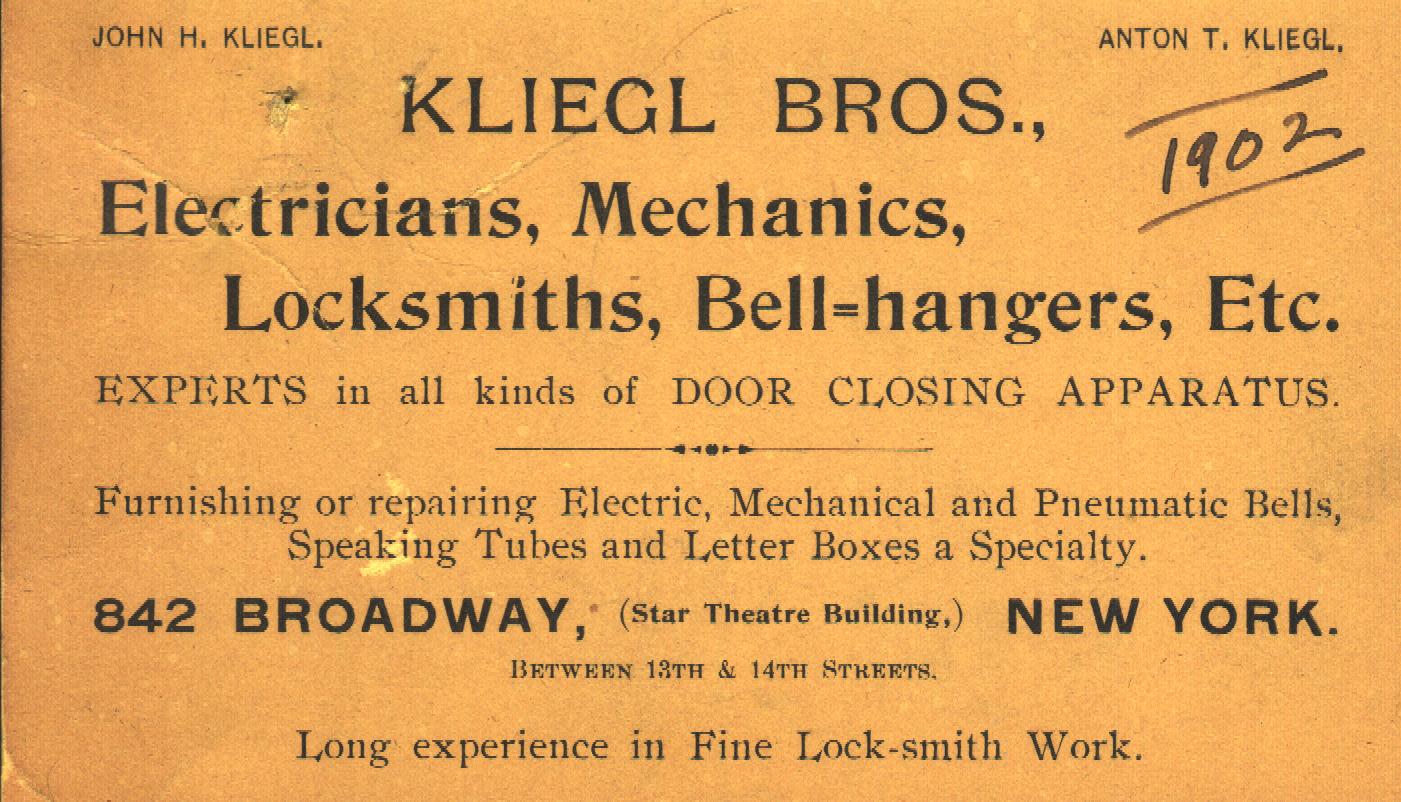
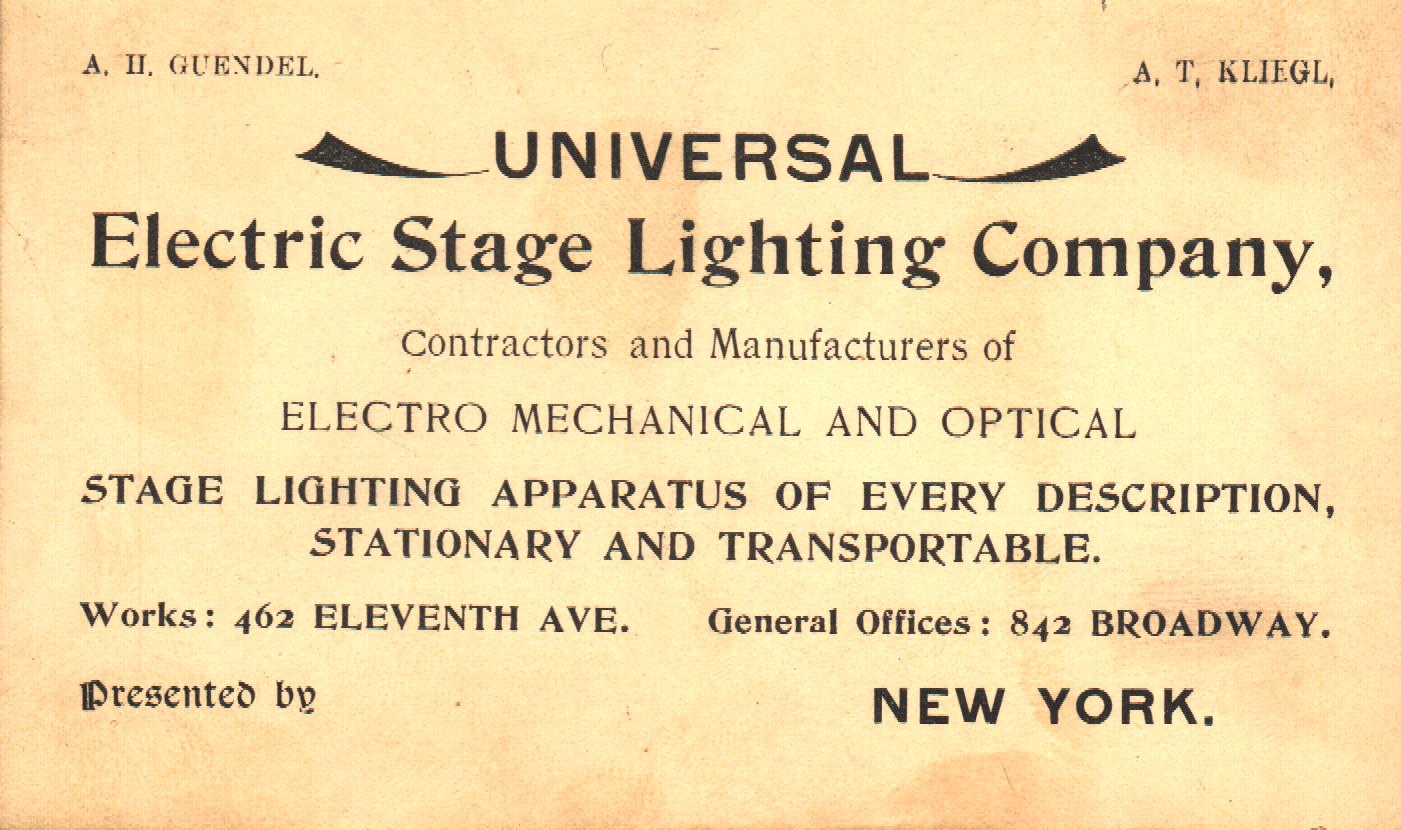
John Kliegl was born in Bavaria in 1869. His brother, Anton,
was born in 1872. Both brothers migrated to the United
States. Their first jobs in America were with a stage lighting company in New York. Within a few years they had saved enough to buy out their employer and start their own company. In 1896, they launched the Kliegl Brothers Universal Electric Stage Lighting Company. They didn't simply sell theatrical equipment. They also designed it. They were responsible for many innovative scenic effects for the stage and for the new motion picture industry. Of their designs, the one that had the greatest impact on the cinematic world was a bright carbon arc lamp that allowed directors to make night appear to be day, and to make every day sufficiently bright. The light was called a Kliegl light, and
later a klieg light. The Kliegl brothers were said to have been responsible for one enduring Hollywood custom. The brightness of the lamps caused actors to have painful eye problems, which they
dubbed klieg eye. According to the book Inventive Genius,
"Actors forced to work under the bright lamps created a
Hollywood trademark as famous as the Kliegl brothers'
invention: the perpetual wearing of sunglasses."
John Kliegl - was one of the founders of the American lighting manufacturer [KLIEGL BROTHERS].
Anton Kliegl - was one of the founders of the American lighting manufacturer [KLIEGL BROTHERS].
Kliegl Brothers of New York, was founded in 1896 and was one of the oldest if not 'the oldest' stage lighting manufacturer, established in North America. The company made high quality lighting fixtures and control systems for the stage and studio industries. Unfortunately after a turbulent decade of changes, the company ceased operation in the 1990's. The company was founded by American lighting experts John H. Kliegl (1869-1959) and Anton Kliegl (1872-1927). Kliegl was the
manufacturer of the 'Klieglight, a powerful carbon-arc lamp, producing an intense light, used initially for film lighting. It was first introduced in 1911 and then later, the 'Klieglight' was redesigned for the incandescent lamp.
The modern fresnel spotlight is one of the most basic tools used by lighting designers for spot-lighting applications. The fresnel spotlight, in its simplest form consists of a housing, a light source and a 'fresnel' lens. When the source is moved slightly towards (or away) from the lens, the size of the light beam changes, from spot focus to flood focus. Early fresnel type lighting fixtures would have included, gas, oil, electric arc and other sources, and were commonly used as lighthouse type fixtures, able to project a narrow concentrated beam, a great distance. The modern fresnel lighting fixture uses either a tungsten halogen or a discharge type of lamp. Fresnel fixtures are available in lens diameters of 3 inches to 36 inches or more. The typical stage and studio fresnel has a lens diameter of 6, 8 or 10 inches. Today, the fresnel with its adjustable beam size is invaluable for area lighting and color wash applications. The fresnel fixture produces a 'round'
beam with an intense 'hot' center and a 'soft', yet defined edge. Fresnel fixtures come in wattages of 150 to 10,000 watts and have adjustable beam spreads of from 10 to 60 degrees.
The fresnel lens and the early fresnel fixture was developed by and named for, [AUGUSTIN JEAN FRESNEL], (1788 - 1827).
[KLIEGL BROTHERS] (in a 1969 catalog) claims the incorporation of a fresnel lens into a theatrical lighting fixture, in 1929.
Although not completely certain, the invention of the modern ellipsoidal reflector spotlight often goes to [KLIEGL BROTHERS] (USA). In
1933, the first KLIEGLIGHT, was used in the spectacular outdoor pageant "Romance of the People", at the Polo Grounds in New York. Its first indoor use was in the Earl Carrol Vanities of the same year. Century Lighting (USA) produced a similar fixture in the same year known as the [LEKOLITE]. Today, the ellipsoidal reflector spotlight is still one of the basic tools of the stage lighting designer for spot-lighting applications. The 'ER' as it is often known, is also used to a lesser extent in modern television and film lighting applications. In Britain the 'ER' is referred to as a 'profile spotlight' or a 'mirror spot'.
In its simplest form, the ER fixture consists of a housing, a light source, an ellipsoidal reflector and a plano convex lens. The light beam
produced by an ER fixture is round (or 'conical') with a sharp defined cut-off edge. The fixture is actually a simple projection device and will
optically project the image of anything placed at its focal point. The typical ER fixture has 4 integral framing shutters or an iris - to provided
limited beam shaping. In addition, and of particular importance the ER fixture will also accept and project the design of a metal pattern,
commonly known as a template or gobo. There are hundreds of different stock patterns and designs available from various manufacturers.
The typical ER spotlight uses a tungsten halogen type of lamp. Fixtures are available in lens diameters from about 4" to 10" and with wattages
from 500 to 2000 watts. The typical stage and studio ER fixture has a lens diameter of 6 inches and a 1000 Watt lamp.
The ER spotlight is selected by beam spread. Fixed beam spreads are available as follows: 5, 10, 15, 20, 25, 30, 35, 40, 50 degrees.
Formerly in North America (1950's-1980's) beam spread was designated by specifying first the diameter and then the focal length of the lens. Example: a 6x9 (pronounced 6 by 9) was a fixture with a 6" diameter lens and a 9" focal length. In order to determine the spread in degrees of any particular fixture, the designer still needed to consult the manufacturers data sheet as the designation did not accurately identify the beam spread of the fixture. Today spotlights are specified in 'degrees' only. The following table shows approximate beam spread of several common
ER spotlight fixtures:
6x9 - 40 degrees
6x12 - 30 degrees
6x16 - 25 degrees
6x22 - 15 degrees
8x9 - 20 degrees
8x13 - 13 degrees
10x20 - 15 degrees
Adolf Linnebach was the technical director of the Munich Opera in the early 1900's. He developed a simple projector for background and
scenic projection. The projector did not use a lens. Instead, it simply cast a shadow of a silhouette cutout, placed in front of the shielded, light
source. The results was a simple, effective image projection, with a soft focus. (Bentham).
The modern Linnebach projector uses a slide size of 24x24 or 36x48 (inches). KLIEGL BROTHERS lighting, claims to have introduced the
Linneback projector to the American market in 1922.
b. 1873. d. 1927.
He invented the high-intensity Klieg Light. He created Hollywood
special effects for "Ben Hur" and "Wizard of Oz."
Woodlawn Cemetery, Bronx, New York, USA
Specific Interment Location: Goldenrod section, intersection of
Filbert and Fern Avenues.
April 15th, 1907
